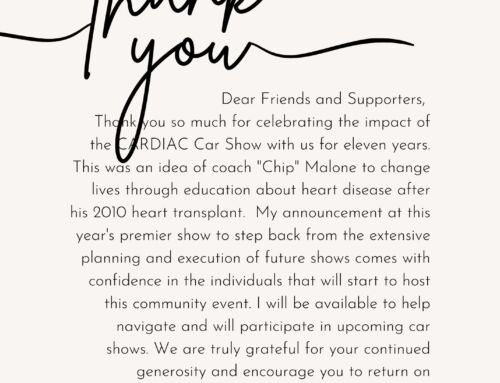DISCLAIMER: I am not a physician and therefore recommend you consult with a physician regarding your personal medical situation. This blog is written from the perspective of a certified health and exercise professional with over 20 years experience in the field after review of currently available evidence-informed materials. It is not all-inclusive. More clinical research is needed. As the situation with COVID-19 and other disease transmission is very fluid, please consult the most recent guidelines from your fitness facility.
Most agree wearing a mask, frequent hand-washing, not touching your face, and keeping space between us are important steps to protect ourselves and each other from disease transmission. This is of particular concern in the fitness communities where masks may be required in group classes, while personal training, or simply doing your individual workout in a shared gym. However, I know from working with my community, there are more considerations at play. The mental challenge of wearing mask while exercising indoors is the #1 reason I hear for not going to the gym when/once open. But what about the physiology? What is the science saying?
On 20 June, a New York Times article was published: Exercising While Wearing A Mask. This article provides an evidence-based overview of mask-wearing while exercising.
Last week the American Council on Exercise (ACE) hosted a brilliant webinar with two experts in the field of exercise physiology – Dr. Len Kravitz and Dr. Cedric X. Bryant. Both are also quoted in the NY Times article.
Here is a summary of important points I am sharing with my client-community:
- A mask covers the nose and mouth completely with the sides and chin area flush to the skin. Its purpose is to collect the respiratory droplets. A face shield is generally clear plastic with coverage from the forehead to below the chin. Anecdotally, we see people touching their face less when wearing a face shield. When to wear a mask versus a face shield depends on the work/situation and purpose. When working with clients that are deaf or hard of hearing, it is a good idea to use a face shield or mask with clear section around the mouth so they can see the lips.
- Ask about the mask, distancing, and disinfection guidelines for your gym/facility/instructor prior to beginning sessions.
- The CDC Guidelines for wearing masks indoors are what US fitness facilities/instructors should refer to for guidance (as of 23 June 2020).
- The WHO Guidelines focus mainly on outdoor exercise (as of 23 June 2020).
- Masks are not recommended for those with heart disease, COPD, asthma or other cardio-respiratory conditions that make you short of breath.
- This may mean you may have to alter your exercise level or situation.
- Consult with your physician and trainer prior to starting up any exercise program.
- It is okay to ask your instructor, trainer, or rehab individual to wear a mask if you are not able to.
- If you are training 1-to-1 with a trainer or rehab individual, follow their guidelines. Note that they may give only verbal cues and maintain distance.
- The type of mask is important. A cloth mask is recommended for exercise. Surgical or N95 masks should be retained for medical use only. Visit John Hopkins Medicine for updated advice on masks, how to make them, etc.
- Have more than one mask available. When they become wet with sweat or respiratory particles, they become less effective and may cause you to breath harder – similar to exercising outdoors on a very humid day!
- There are a number of masks being developed and sold by athletic wear companies with filters and multiple layers of fabric. If you make your own, ensure you use a breathable fabric; 2 layers is great if possible.
- A buff is noted as an option, however in my experience, these are too heavy for most exercise and require frequent adjustment. A summer lightweight buff would be more appropriate for many of us.
- Remove your mask only when necessary and do so via the ear pieces.
- Stay hydrated before, during, and after exercise! This will help you breathe easier and is just a good practice!
- Use a water bottle with a straw or sippy piece if possible to limit mask touching.
- Most importantly….masks can alter the heart rate during exercise, even with trained athletes working at the same intensity as they were without a mask. If you have been:
- exercising regularly without mask at a lower intensity than before COVID,
- exercising regularly without a mask at the same intensity than before COVID,
- not exercising
- AND will be wearing a mask while exercising,
- THEN start slow!!! Be mindful of slowly increasing your exercise intensity and duration. You will not likely be able to exercise at the same intensity or duration and that is okay.
Unfortunately no mask/shield is 100%, however we can do our best to reduce our risk of transmission/transmitting. Remember we are all in this together!
To Your Heart Health,
Starr
Starr Cortner, M.S, MCHES, ACE, AFAA is a fitness and wellness specialist, health coach and educator with over 20 years experience in public health and emergency medicine, with particular focus on cardiovascular issues.
Image credit: https://unsplash.com/photos/Z9arfr0f248

